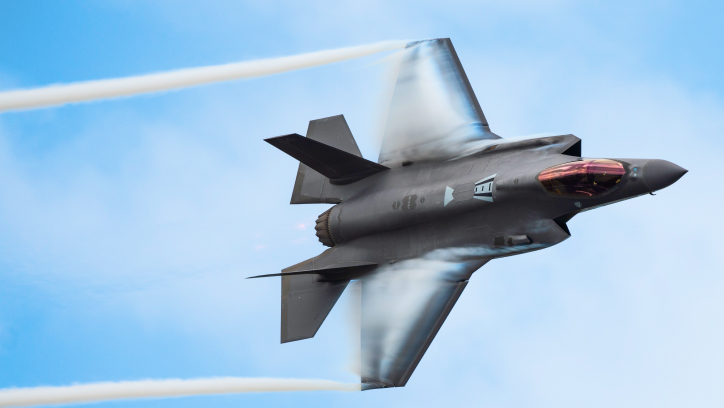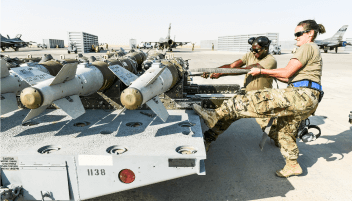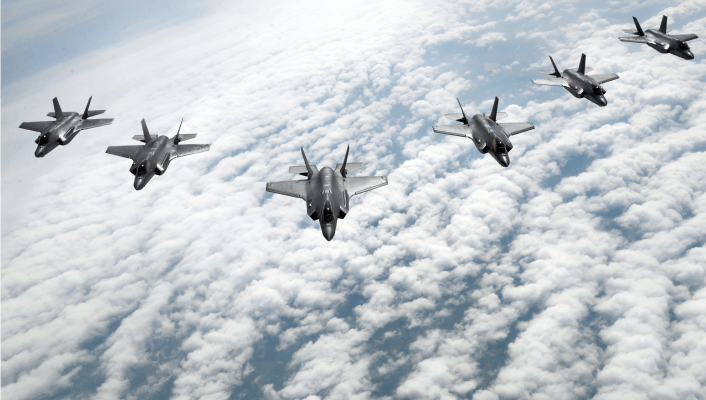The B-21 Raider Bomber Nightmare The Air Force Never Saw Coming
19FortyFive | March 26, 2025
19FortyFive | March 26, 2025
Air & Space Forces Magazine | March 5, 2025
The priorities of DOD leadership and Congress during the Trump administration must be to rebuild and restore the Air Force to global preeminence. The same resolve will be required to fully resource the Space Force to achieve space superiority—to grow and catch up with the myriad requirements and expectations on America’s newest military service to ensure overall U.S. military success.
Breaking Defense | February 21, 2025

Empowering actors at all levels with a smart set of options at the right time and place demands procuring the most effective, efficient, and resilient set of tools.

No matter the mission, from air superiority and long range strike to air mobility and command and control, a broad range of missions executed in the air provide vital options at the strategic, operational, and tactical realms.

Strategic deterrence is the bedrock of the national security enterprise thanks to the virtues and value of the triad.

National security space activities are essential facets of any military operation, while also creating conditions essential for the civilian economy.

Meeting national security requirements today and tomorrow requires insightful, creative approaches that prioritize America’s strengths, while not projecting undue vulnerability.